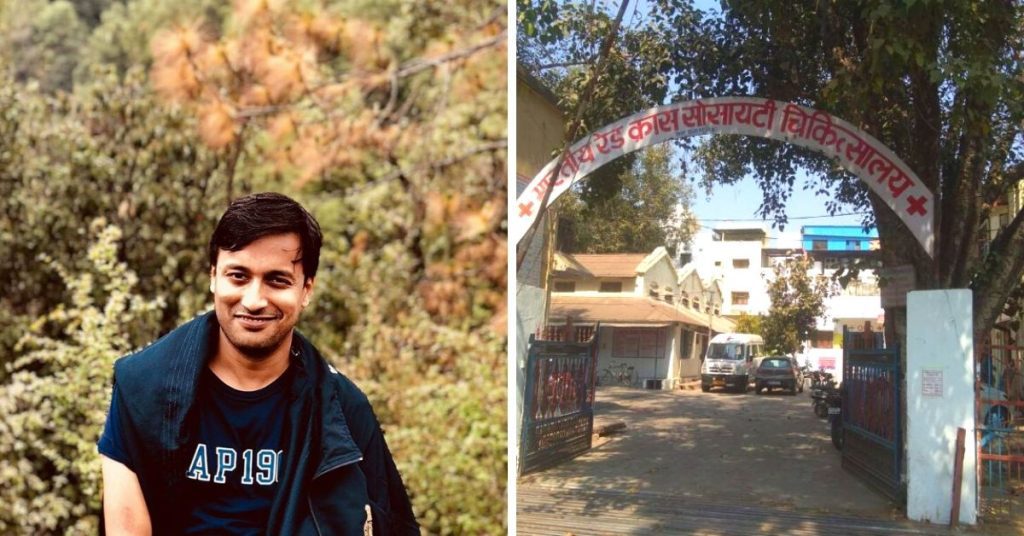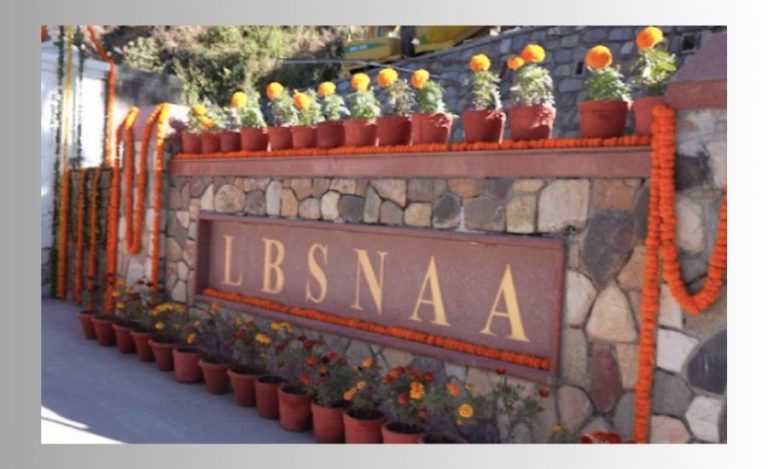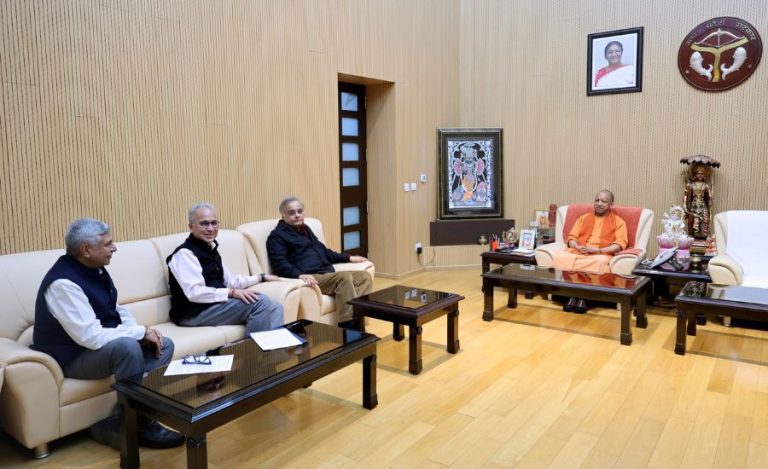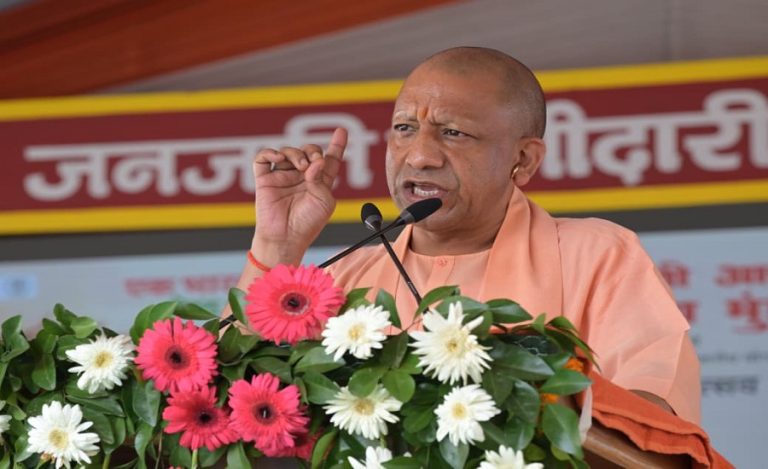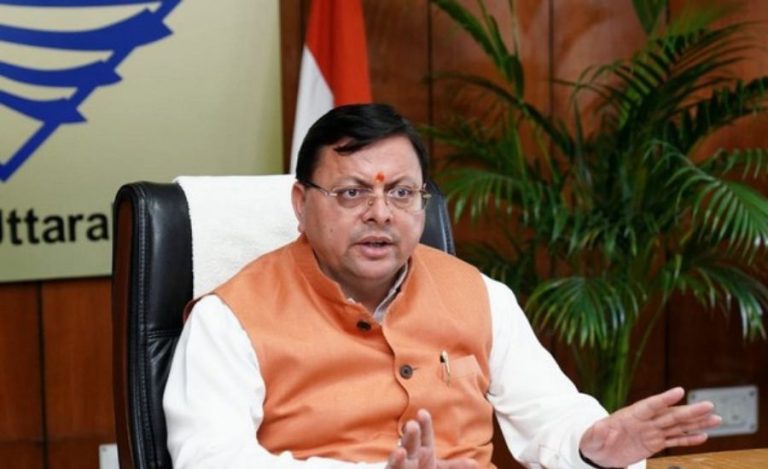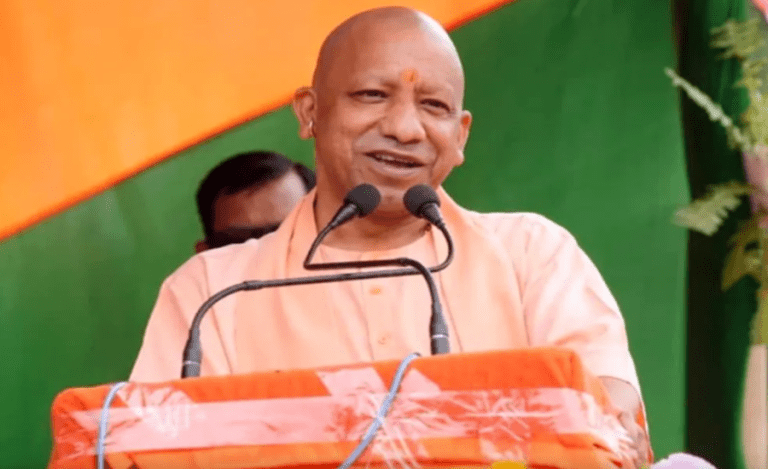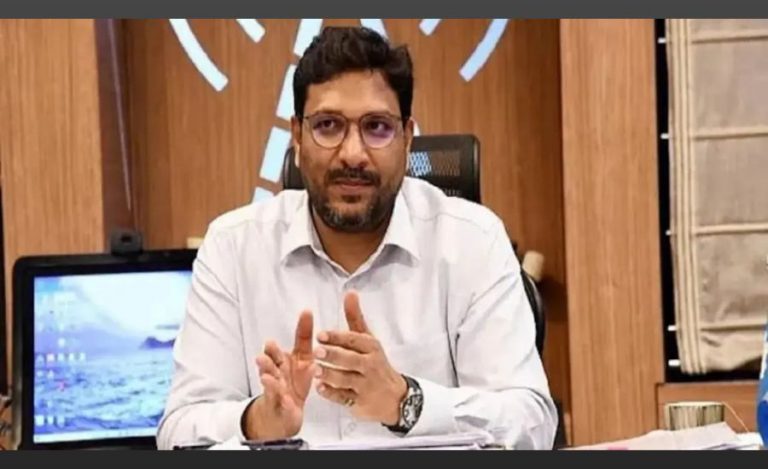Mr Anshul Gupta, the man who saved a Government run hospital in Mhow, Madhya Pradesh, from certain death, is a man of focus and determination. Once he sets his eyes on a goal, he generally achieves it. Consider this: an alumnus of IIT-Kharagpur and IIM-Bengaluru, Mr Gupta cracked the UPSC for the first time in 2013. Prior to it, he worked in the corporate sector. As a civil servant, Mr. Gupta joined the IPS but he wanted more. He gave the civil services exam once again, in 2016. This time he scored an All India Rank of 18 and joined IAS!
The Ailing Hospital of Mhow:
Soon after, he was appointed as the SDM of Kotwali in Jabalpur. He hasn’t stopped since; assuming the duties of Chief Municipal Officer, Assistant Secretary, and SDO & SDM among others. But it was his stint as the Sub Divisional Magistrate (SDM) of Indore’s Mhow cantonment in 2019 that put a golden feather in his cap.
In Mhow, Mr. Gupta looked at the different issues plaguing the Indian Red Cross Hospital (IRCH). The hospital was in a crumbling state with tremendously bad infrastructure, the absence of staff, and patients that refused to come there. To top it all, he soon learned that according to a law passed by the Madhya Pradesh High Court, 15 years ago, the Mhow SDM is the ex-officio chairman of IRCH. Even though he found it as an added responsibility, this was exactly the kind of work that he wished doing. And due to that, in less than a year, IRCH got a new lease of life.

Bringing in Medical Staff:
There were several issues in front of Mr. Anshul that he had to fix. The biggest and most important one was the lack of medical staff. Medical personnel is the backbones of any health center, and therefore he decided to work on it first. He began by firing the wayward employees who were tainted and allegedly receiving bribes from patients for arranging early appointments with doctors. He replaced these with new, diligent workers after doing their thorough background check. He also appointed superintendents to go through the administrative work.
Once the issues with the hospital staff were fixed, he inaugurated a feedback system for patients to submit complaints to, which were then discussed and worked upon in the monthly meetings. “It took time, but the hospital staff eventually came around,” says Mr. Gupta.

Fixing the Finances:
Mr Gupta set up a computerized billing system- to tackle bribing. “During a surprise visit, I found employees missing at the billing counter. I checked the billing register and found out that while they were manning the billing counter only for 6 hours every day (holidays off), the number of patients visiting the hospital was much higher,” he says.
Taking care of it, he introduced a ‘billing software’, and also positioned medical staff in shifts. This took care of siphoning of funds. Now, every patient is duly registered, and with the additional checks the hospital cannot be duped.

Introducing New Medical Facilities:
The blood bank in the hospital was not maintained properly, despite employing a doctor for the work. Patients in need of blood transfusion were made to return because of inadequate maintenance. To bring this to an end, Mr. Anshul approved the purchase of transfusion machines, thereby enabling the hospitals to store up to 70 units of blood.
The admission rates were also reduced to ensure that people from all economic backgrounds could be treated. This has also resulted in complete occupancy of the beds, thereby increasing the revenue of the hospital. Child vaccinations are also conducted at just Rs. 10, while weekly medical camps are launched for women and children. And not just that, the whole hospital is run through solar electricity.

The Final Satisfaction:
Mr. Gupta supervised every little progress in the hospital and took every suggestion and complaints by the staff and patients seriously. What started as a mere duty, turned into the most prized work of his life.
“I would not think twice before taking my family to the IRCH for treatment. This trust and belief that we have slowly built up is personally my biggest validation of a concrete change,” he says.


